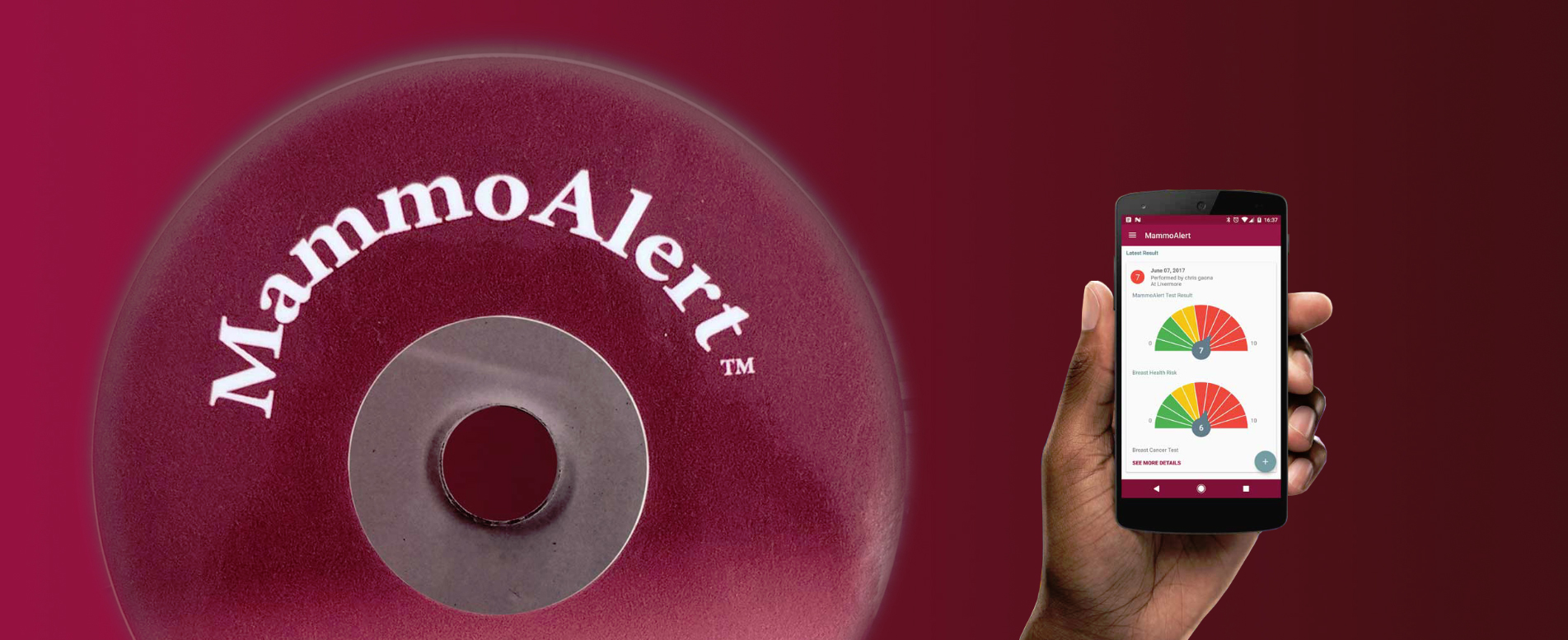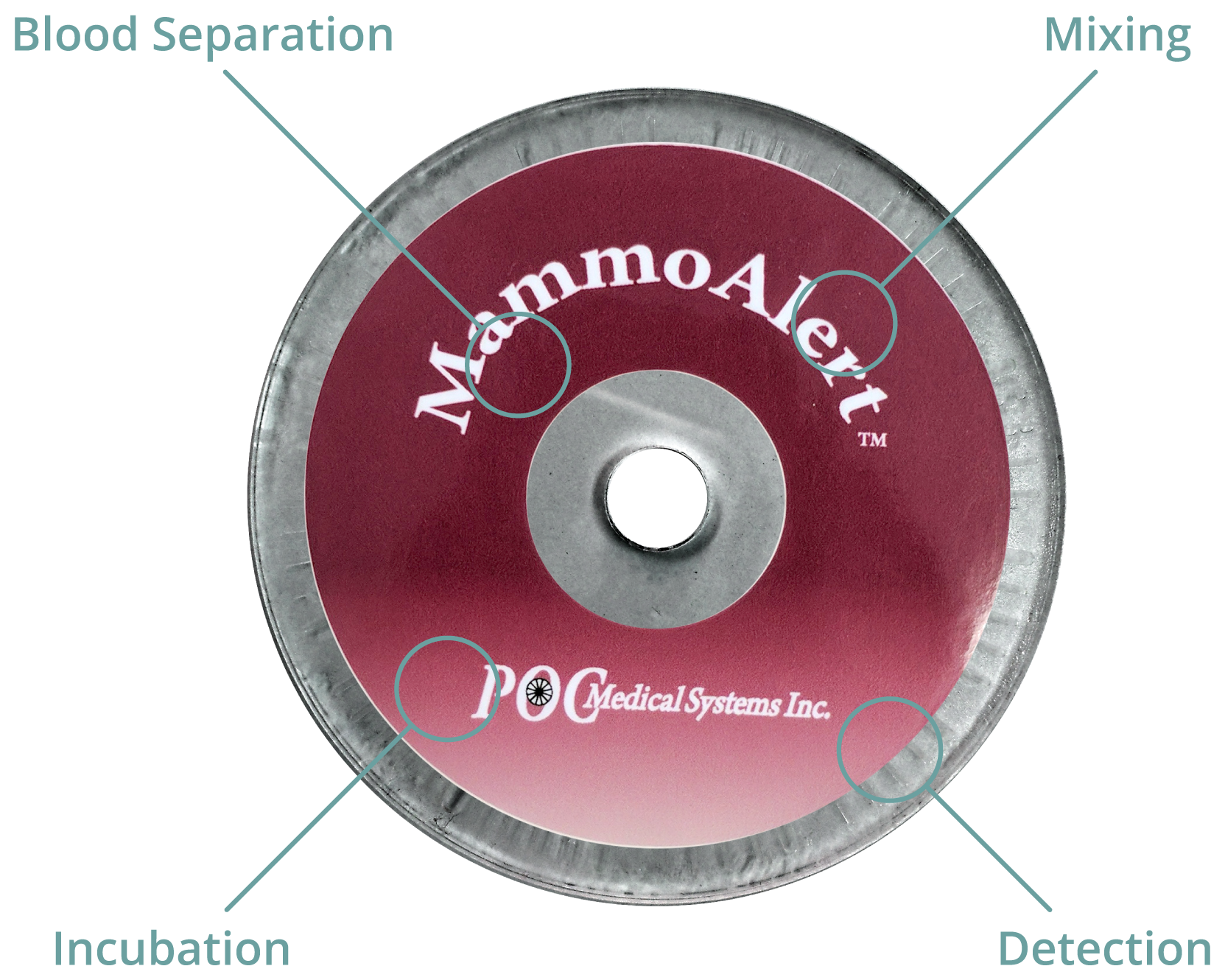- Indian Diagnostics & Healthcare Services “Disease free society through innovation and technology”
Are you planning to setup a Business in India? Click Here
- Indian Diagnostics & Healthcare Services “Disease free society through innovation and technology”
- Location
- C-501, Rustomjee Elita, CTS 195, D N Nagar, Andheri West, Mumbai 400053
- CALL US
- +91-79-48954896
- TIMING
- Mon - Sat: 10am - 8pm




